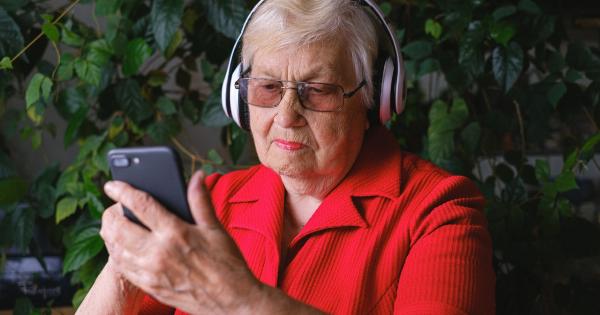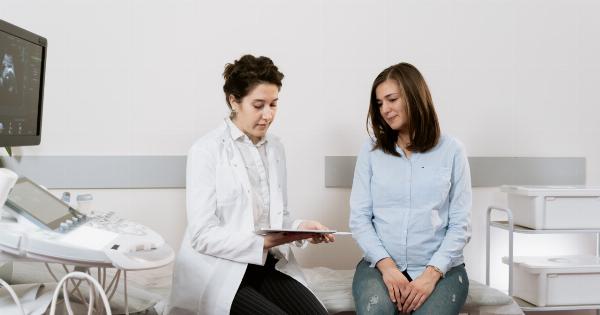Adolescence is a crucial stage in a girl’s life where many physical, emotional, and mental changes occur. During this phase, girls begin to form their identities, establish relationships, and learn to cope with the challenges that come their way.
However, the absence of a father could impact their development in significant ways.
The Impact of Fatherlessness on Girls
Studies suggest that fatherlessness can affect girls profoundly. Such girls tend to have low self-esteem, poorer academic performance, and higher-risk behavior patterns than their peers.
They may look for external validation from strangers and engage in early sexual experiences, experimentation with drugs and alcohol, or other harmful activities to cope with their trauma.
The absence of a father also affects daughter-parent relationships, and female adolescents may struggle to form healthy relationships with men in their lives.
Based on research, daughters without fathers who left for reasons such as death or divorce reported having difficulty trusting men in romantic relationships and issues with self-worth and self-esteem.
Developmental Challenges for Fatherless Adolescents
Fatherless adolescents may also experience unique developmental challenges that impact their development during adolescence. For instance, such girls may feel disconnected from their peers due to their absence from the father figure.
They may also struggle to establish a healthy relationship with their mothers, who may be dealing with emotional and financial stress caused by the father’s absence.
In some cases, absent fathers may manifest their presence through tokens such as gifts or phone calls to demonstrate affections.
However, these gestures can be confusing and may further compound an adolescent’s struggles and hinder their ability to communicate their feelings effectively.
Challenges for Single Mothers
Single mothers of fatherless daughters may face unique challenges in raising their adolescent daughters. In such situations, moms may feel overwhelmed by the responsibility of raising and providing fulfilling lives for their children.
As a result, they may struggle to provide the necessary guidance and supervision required when their daughters reach adolescence.
In some cases, single moms may need to seek additional support from other family members or professionals to help them navigate their daughters’ adolescence effectively.
The Importance of Positive Role Models
Despite the various challenges that arise from the absence of fathers in female teenager’s lives, the presence of other positive role models can help mitigate some of the adverse effects.
For example, grandfathers, uncles, or other male family members can offer invaluable guidance and support to girls during their teenage years. Additionally, mentors and coaches in school or extracurricular activities can also provide essential guidance and support in the absence of fathers.
In essence, fatherless daughters require positive role models who can offer guidance, support, and engender self-esteem, self-worth, and confidence.
These role models not only provide guidance on issues that fathers traditionally addressed but also offer unique perspectives and life experiences that enable girls to develop into self-confident and independent adults.
Difference between Fatherless Daughters and Fatherless Sons
While both fatherless daughters and fatherless sons may experience similar impacts when a father is absent, research has reported some notable differences.
For instance, fatherless daughters tend to struggle with issues surrounding self-worth and self-identity. They may also experience challenges in communicating their needs, especially regarding relationships.
On the other hand, fatherless sons typically face challenges related to forming healthy expressions of masculinity and may express risk-taking behaviors that could lead to issues with law enforcement agencies.
Conclusion
Adolescence is a crucial stage in a girl’s development, and the absence of a father could significantly impact their development in ways that reverberate throughout their lives.
Therefore, it is essential to recognize the unique challenges that girls face in the absence of fathers and provide positive role models that enable them to navigate their teenage years more effectively.
Although fatherlessness may not be easy to solve, supporting single mothers to provide the necessary guidance and supervision to their children, as well as encouraging the involvement of grandfathers and uncles, could go a long way in mitigating some of the adverse effects.































